By Louise Irvine
The Hot Glass Gallery at WMODA is in bloom this spring with five very different Gardens of Glass by contemporary American studio artists. Dale Chihuly’s Macchia and Ikebana gardens form dramatic perennial borders but the riotous colors of his glass flowers will never wilt or fade. They don’t need re-planting every few years and watering is not necessary!
Two of the gardens at WMODA advocate activism in the Fired Arts with Jenna Efrein’s concern for the future of the Everglades and Anne Orvieto’s sunflowers for solidarity with Ukraine. Paul Stankard reflects on the spiritual aspects of nature in his crystal orbs and Rob Stern is nostalgic about leaves.
Dale Chihuly
Throughout his 50-years as a glass artist, Chihuly has been deeply touched by nature. His love of flowers is rooted in memories of his mother’s vibrant garden in Tacoma, Washington which bloomed with azaleas and rhododendrons. Chihuly often displays his Macchia designs on metal stands to resemble the stems of flowers in his garden installations around the world. Surrounded by verdant foliage in Victorian glass conservatories, they evoke a garden in paradise.
The fact that the great 19th century glass palaces were clad in sheets of handblown glass fills Chihuly with awe and they have become spectacular settings for his glass art. His favorite conservatory is at Kew Gardens in London and he created epic installations there in 2005 and 2019. Chihuly’s Reflections on Nature exhibition inspired The Rug Company to launch their limited edition Chihuly Studio Collection and Kew Gardens was the perfect photoshoot location for the five designs. This year The Rug Company celebrates 25 years of innovative design and, thanks to their DCOTA showroom, the new Harvest and Rosette rugs make striking wallflowers in Chihuly’s Garden at WMODA. In return, the museum has loaned a Carnival set by Dale Chihuly for their anniversary display at the DCOTA.
Jenna Efrein
The center of the Hot Glass Gallery evokes nature’s unique garden in the Florida Everglades with three installations by Jenna Efrein. Sadly, this intricate system of subtropical wetlands with marshes and tangled mangrove forests is shrinking rapidly due to the increasing development of the metropolitan centers. The “River of Grass” is now less than half its original size.
Jenna Efrein uses her glass art to advocate for the protection of the Everglades ecosystem. With hundreds of upcycled glass bottles and crushed recycled glass, Jenna creates installations that draw attention to issues of sustainability and environmental pollution. She is elevating the value of nature in our daily lives and reflecting on the deteriorating ecosystem and loss of the local flora and fauna.
Take the fate of the Marsh Rabbit which is experiencing a precipitous decline due to the invasive Burmese python. Ecological studies in the Everglades National Park have shown that python predation is seriously impacting the rabbit population. To symbolize this threat, Jenna’s upcycled glass sculptures of Marsh Rabbits are presented under glass snakeskin covers. In addition to her glass art installations, Jenna makes a range of plant care accessories using recycled bottles sourced from her community. She creates clear glass terrariums, decorative planters, and colored glass plant feeders from old beer and seltzer bottles.
Paul Stankard
Paul Stankard’s bouquets are preserved forever as his tiny flowers are encased in crystal. The living master of flame-working has been inspired by his own garden as well as those of poets he admires including Emily Dickinson and Walt Whitman. Paul uses a lamp-workers torch and rods of glass to make tiny petals and pistils which he assembles into complex floral clusters. He encapsulates his miniature gardens into molten glass forms, which are then cooled, cut, and polished to form paperweights, orbs, and other sculptural forms. His tiny glass flowers and insects are executed so perfectly that they almost seem real. However, his miniature works of art are often fantasies, integrating his interest in botanical realism with spiritual mysticism and the cycle of life.
Paul’s Environmental paperweights and Botanical sculptures are often divided by a plane of sand or moss created with brown crushed glass. All is not what it appears to be on the surface. Above the ground, floral clusters and swarms of bees capture the dance of life. Below, complex anthropomorphic roots and earth spirits teem with fertility. Recently, he produced an orb especially for Arthur Wiener, one of his most avid collectors, entitled the Wedding Bouquet.
Rob Stern
Leaves have intrigued Rob Stern since he was a child and he reminisces about the massive oak trees in his garden during the fall. Now based in Miami, he has studied their organic structure for the last ten years as he magnifies and interprets them for his Leaves of Glass collection. He uses traditional Venetian glass-making techniques for his standing and lying leaves in the WMODA collection. In the Zanfirico process, he twists fine filigree canes to form spiraling lattice patterns and he cuts murrine glass in cross-sections to make confetti-style patterns. Rob has also worked with different textured and tiled effects in a multitude of colors and reflective dichroic glass for his varied leaf designs.
Rob Stern began making his iconic leaf vessels at Pilchuck Glass School in the summer of 2011 when he was selected to design all the table centerpieces for the annual fundraising auction dinner. The magical Pilchuck campus has been described as an “Enchanted Forest” in the foothills of the Cascade Mountains in Washington State. Rob has spent 31 summers at Pilchuck and will be returning this year to teach and demonstrate his versatility as a glass artist.
Anne Orvieto
Anne Orvieto discovered kiln-formed glass in 2015 and became obsessed with the infinite possibilities of fused glass as an art form. She made her debut at WMODA for the 2017 Touch of Glass exhibition and has become one of the best-selling artists in the museum’s Studio Collection. The iridescent, opaque, and translucent aspects of fusible glass inspired Anne initially to create abstract dimensional seascapes and landscapes. Rainbows of glass became her passion during the pandemic when they became the defining symbol of hope. Now she is making sunflowers to support Ukraine.
Most recently, Anne has been working with murrini and vitrigraph stringers to create intricate floral landscapes. She sources the murrini rods from Europe and slices them to form tiny flower heads. The vitrigraph stringers are made by pulling hot glass through a hole in the floor of a kiln to make thin glass strings which Anne sources for the flower stems. Most of Anne’s fused glass art is fired at a kiln setting known as “contour fuse” so that the glass melts just enough to still have rounded layers or shapes. She has also been experimenting with kiln casting with thick fiber paper so that the glass melts to create bas relief designs.
In Anne’s words, “I will always be grateful for the collaboration with other fused glass artists and appreciative of the supportive and creative atmosphere of WMODA.”
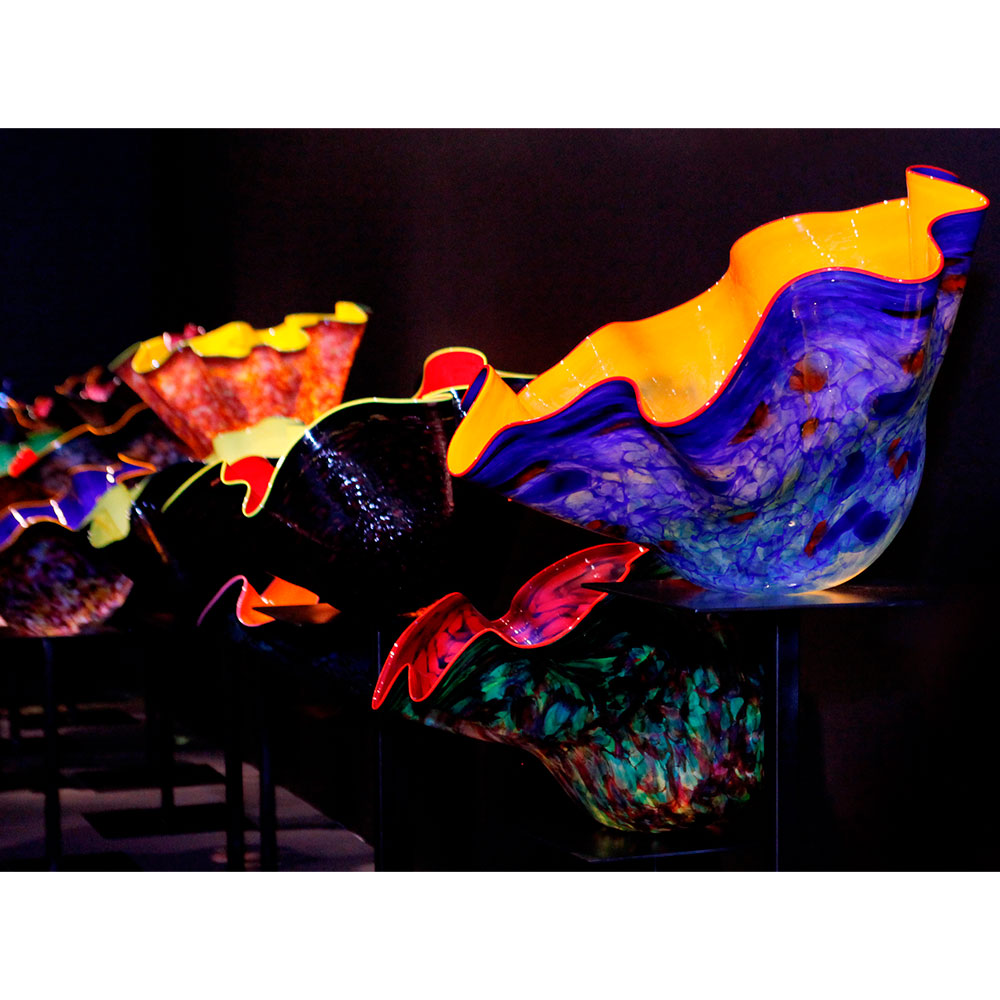
WMODA Museum Chihuly Macchia

Chihuly Macchia Garden @ WMODA
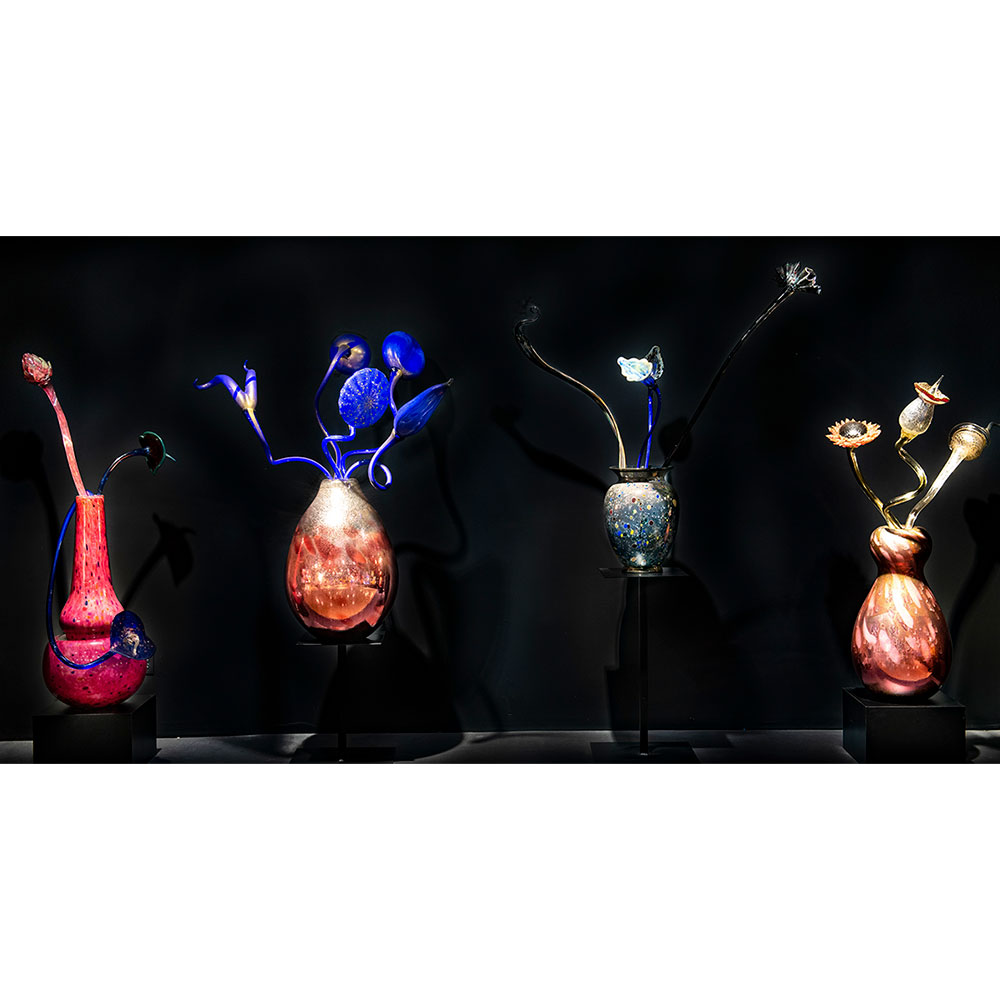
Ikebana Garden @ WMODA
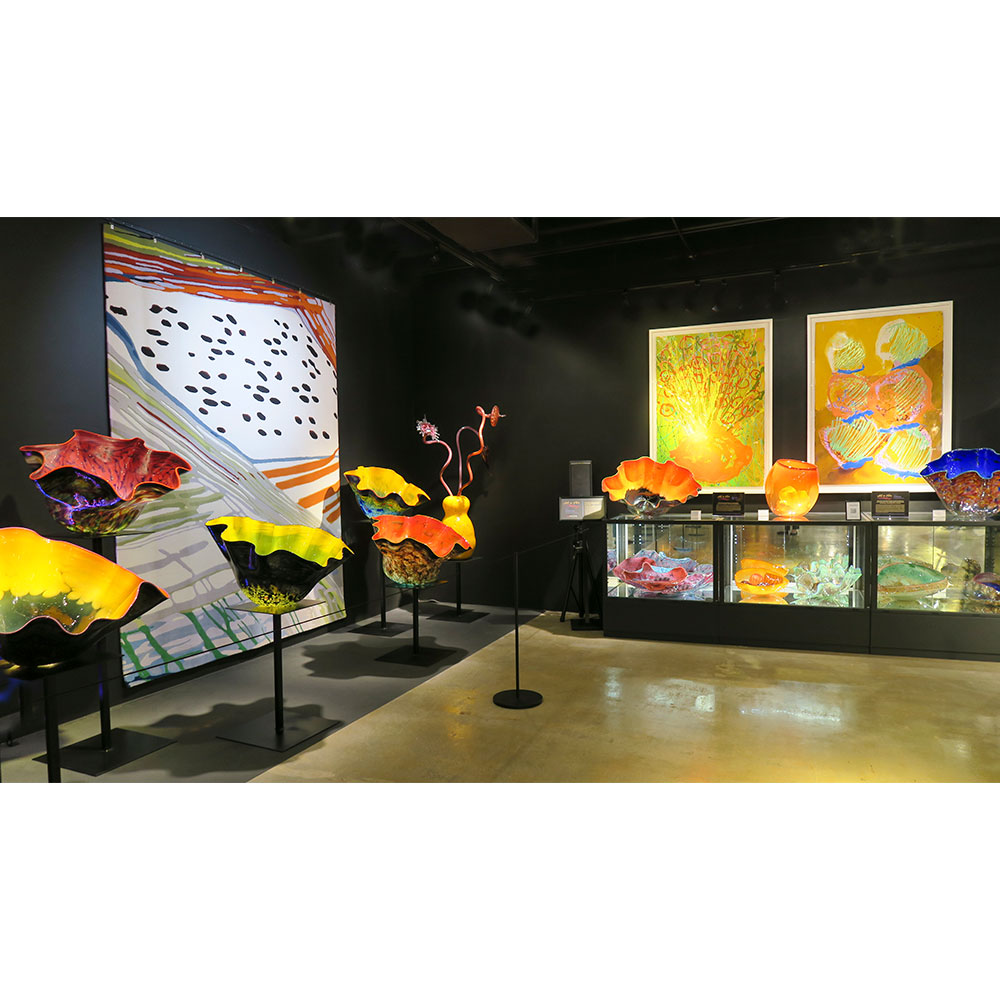
Chihuly Harvest by The Rug Company @ WMODA

Chihuly Rosette by The Rug Company @ WMODA
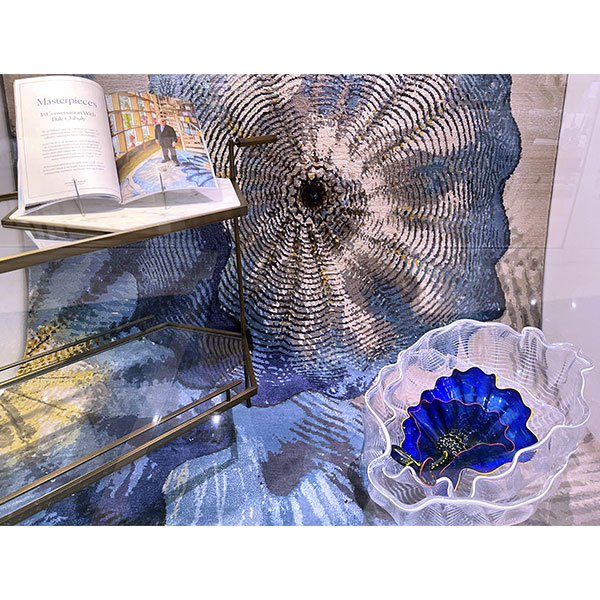
The Rug Company @ DCOTA Chihuly Rosette rug with Carnival Set from WMODA

The Rug Company display for 25th anniversary @ DCOTA

Macchia at Fairchild Tropical Botanic Garden

Macchia at Fairchild Tropical Botanic Garden
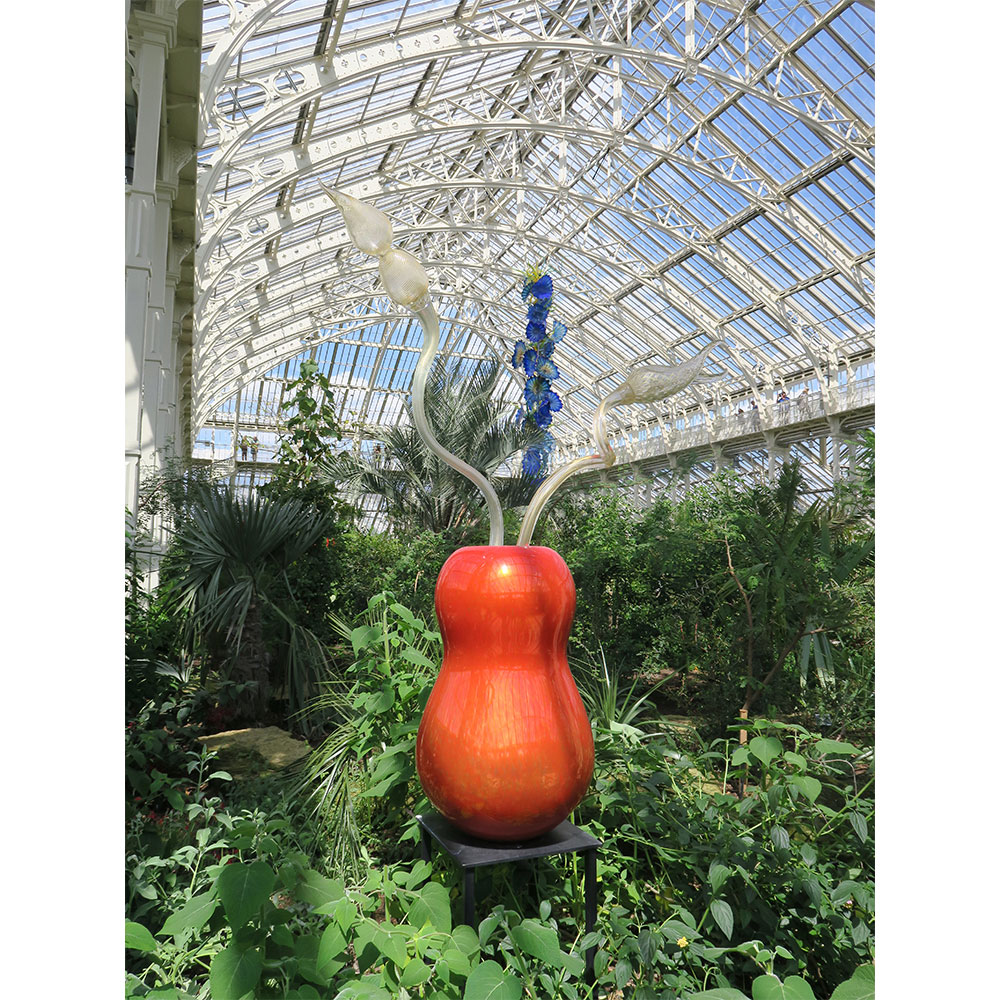
Ikebana at Kew Gardens

Chihuly Cylinder Rug at Kew Gardens courtesy The Rug Company
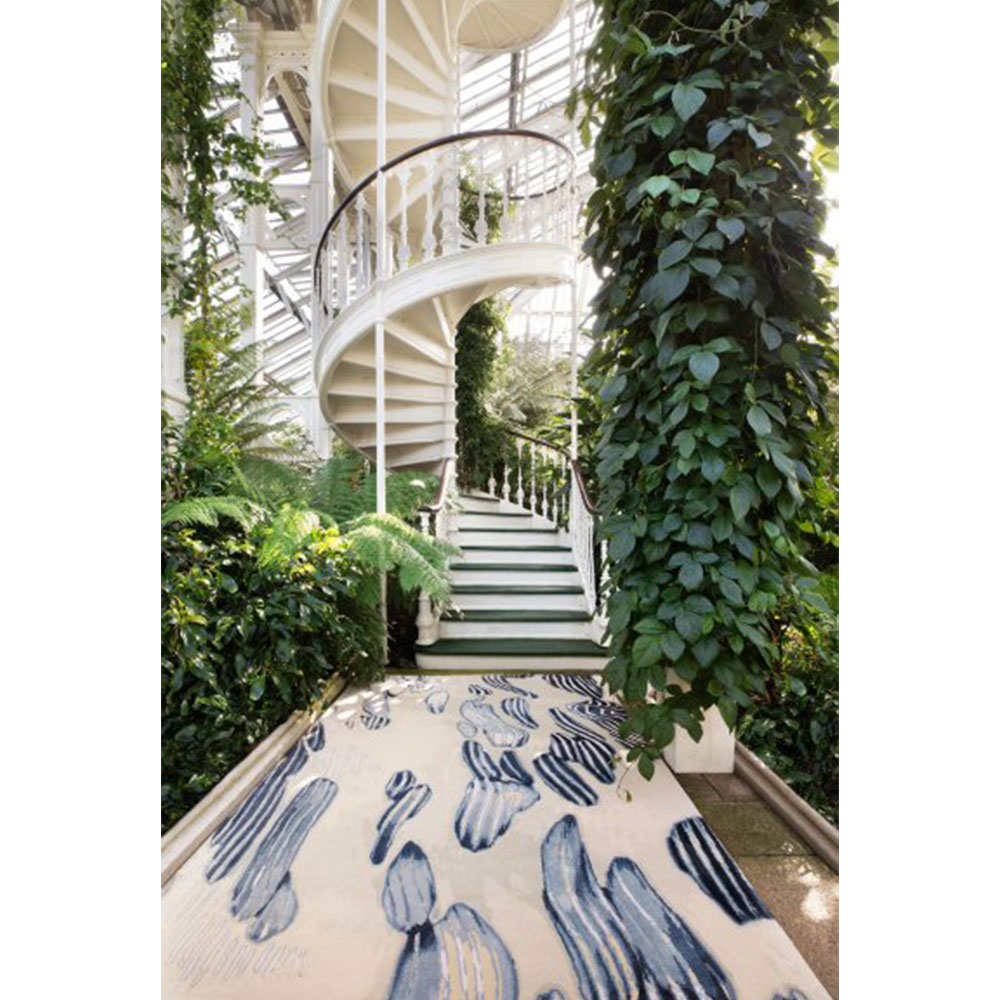
Chihuly Poplar Rug at Kew Gardens courtesy The Rug Company

Chihuly Pheasant Rug at Kew Gardens courtesy The Rug Company
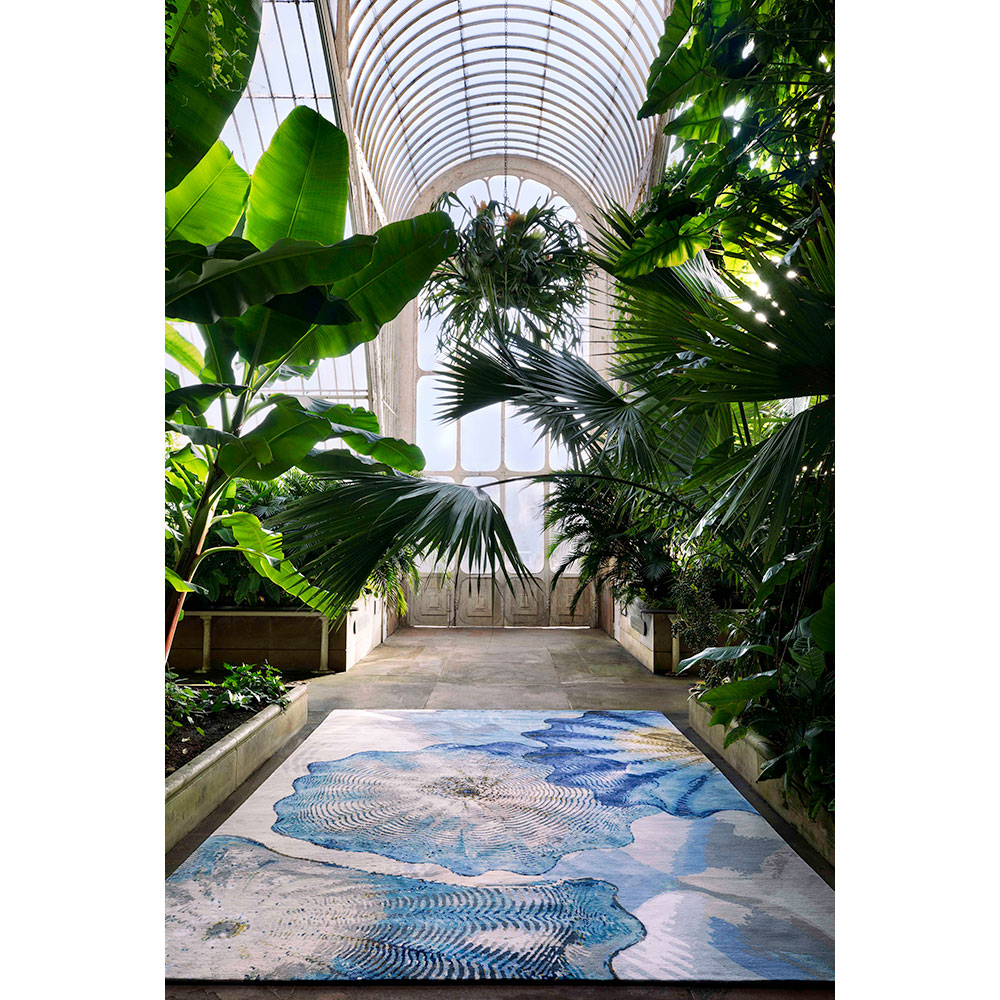
Chihuly Rosette Rug at Kew Gardens courtesy The Rug Company

Candle Holders from Perrier Bottles by J. Efrein

Lily Pads from Perrier Bottles by J. Efrein

Mushroom Plant Water Feeders by J. Efrein
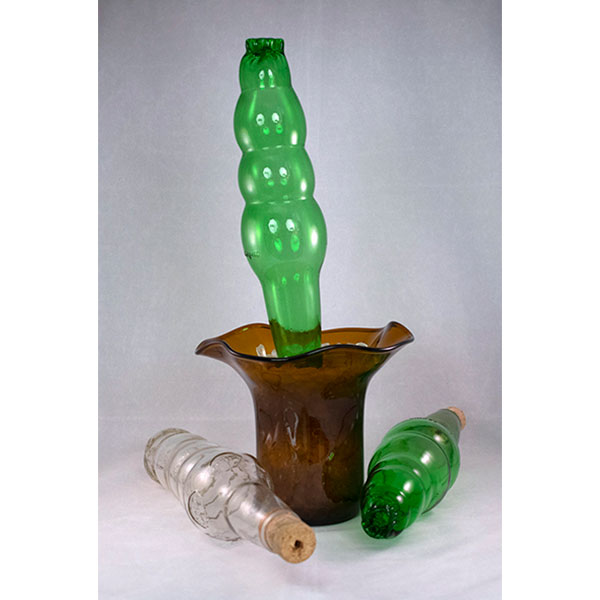
Cactus Plant Water Feeders by J. Efrein
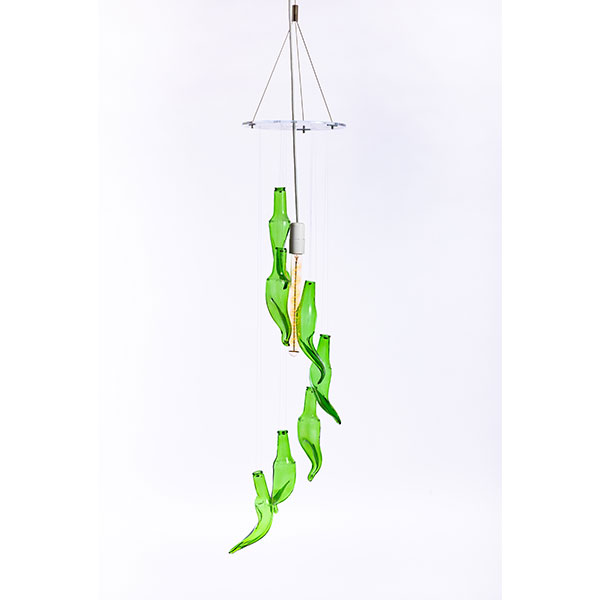
Seven Leaves Chandelier by J. Efrein
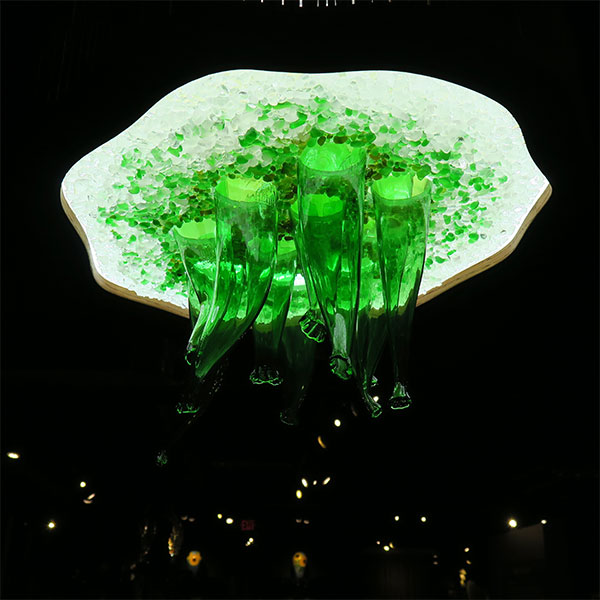
Swamp Flipped Chandelier by J. Efrein

Marsh Rabbit by J. Efrein
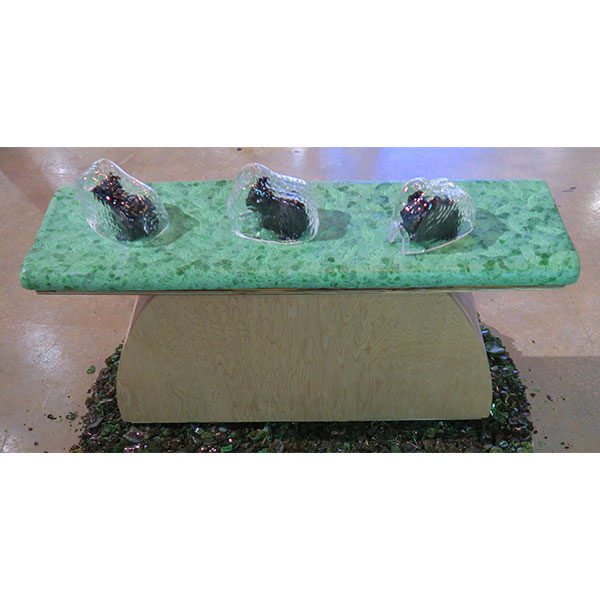
Marsh Rabbits on a Mangrove bench made from Topo Chico bottles by J. Efrein

Inspiration from the Art of Paul J. Stankard

Emily Dickinson's Garden Series 2020 by P. Stankard
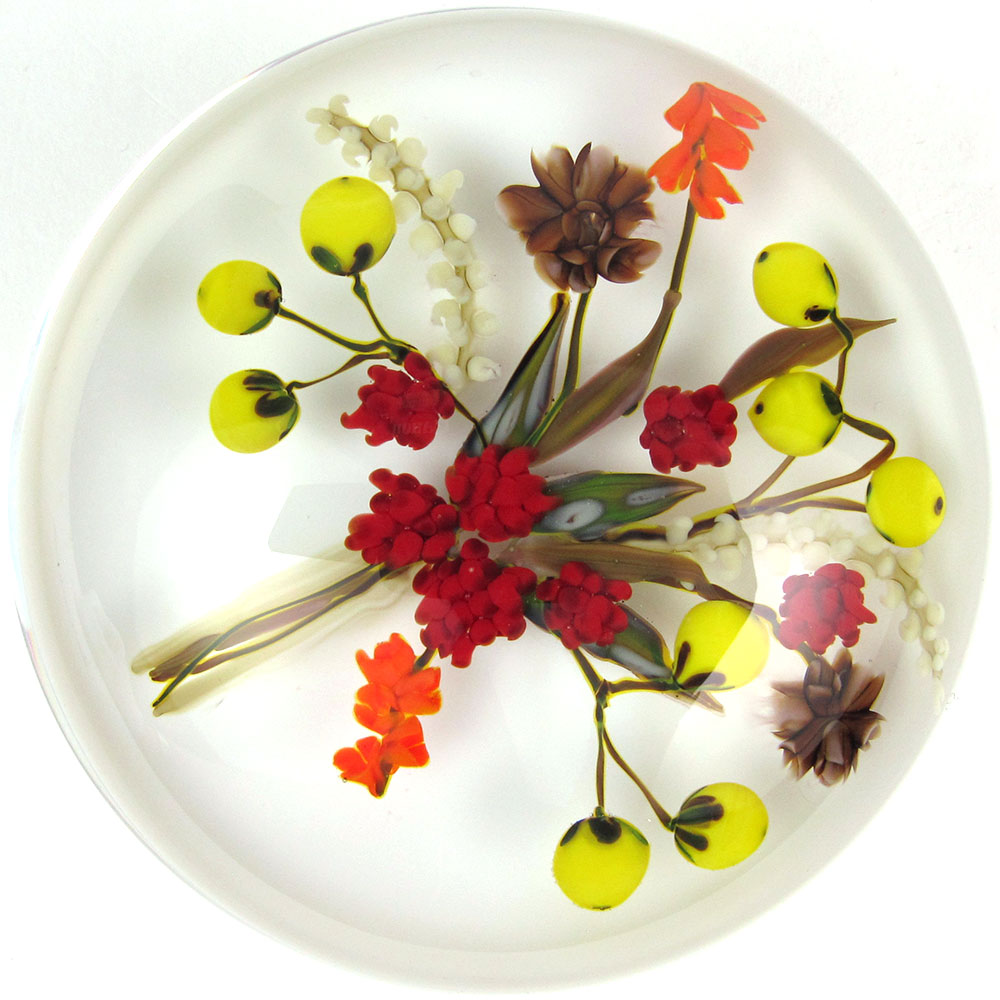
Floral Paperweight by P. Stankard

Heart Paperweight by P. Stankard
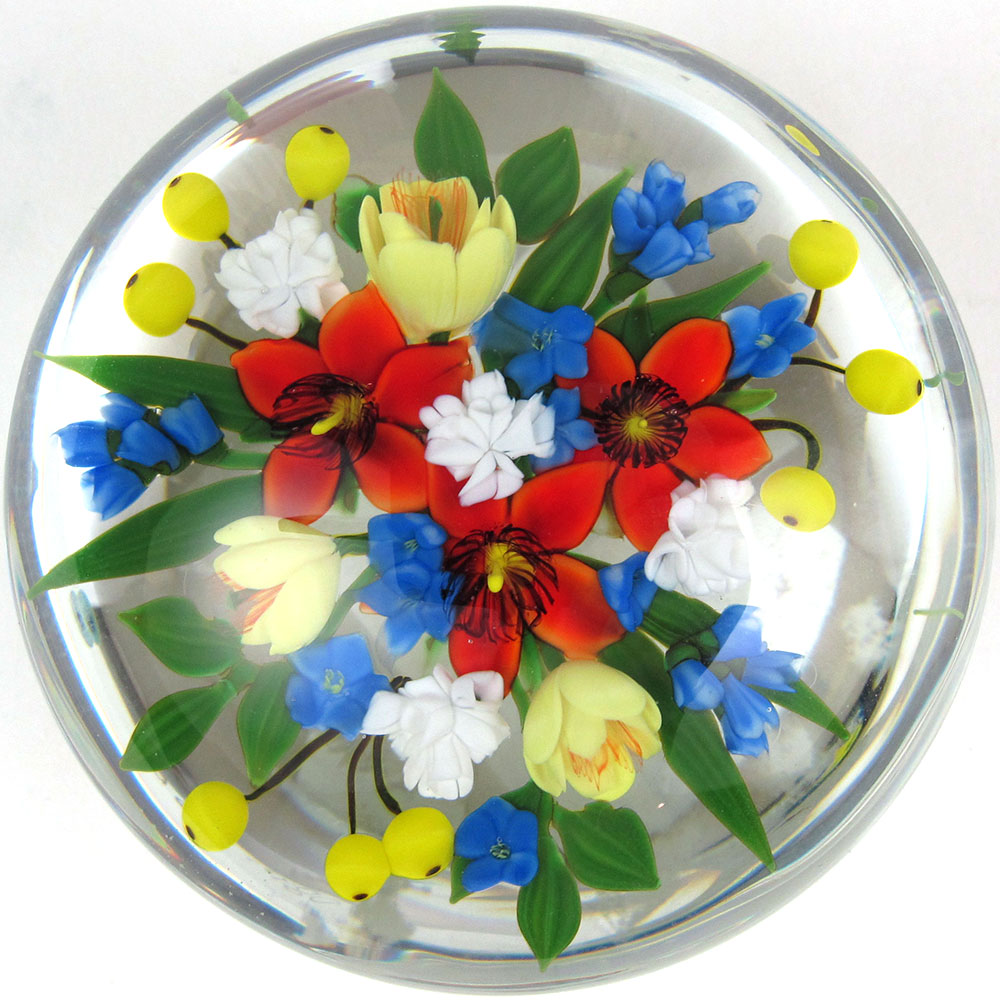
Floral Paperweight by P. Stankard

Arthur Wiener with Paul Stankard at his Studio in 2019
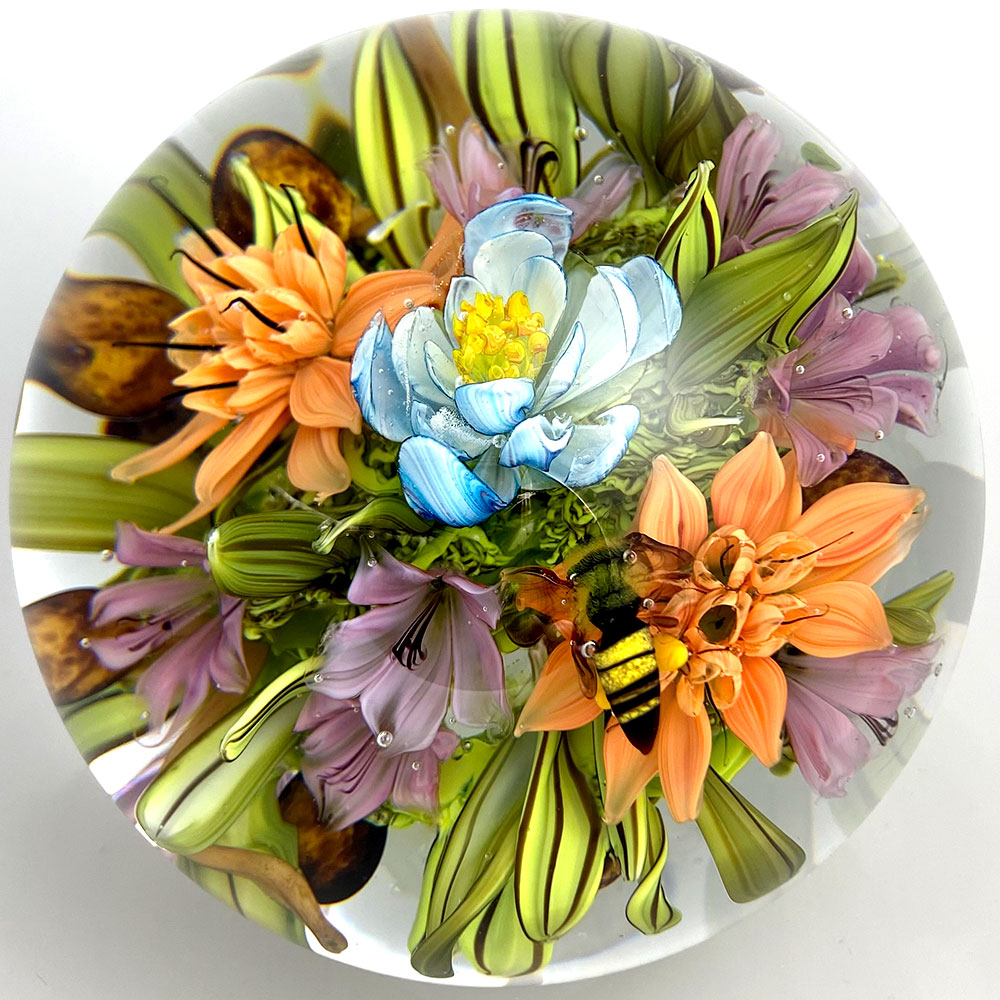
The Wedding Bouquet Top by P. Stankard
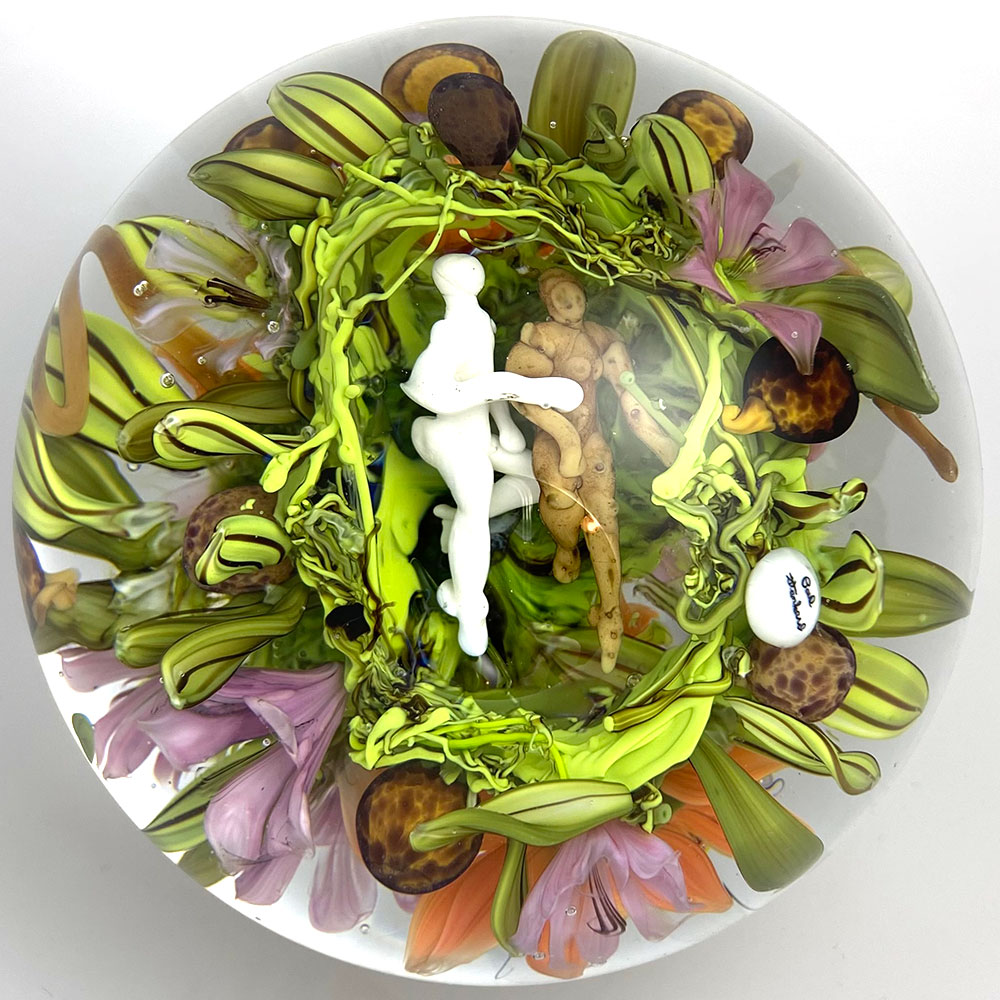
The Wedding Bouquet Bottom by P. Stankard
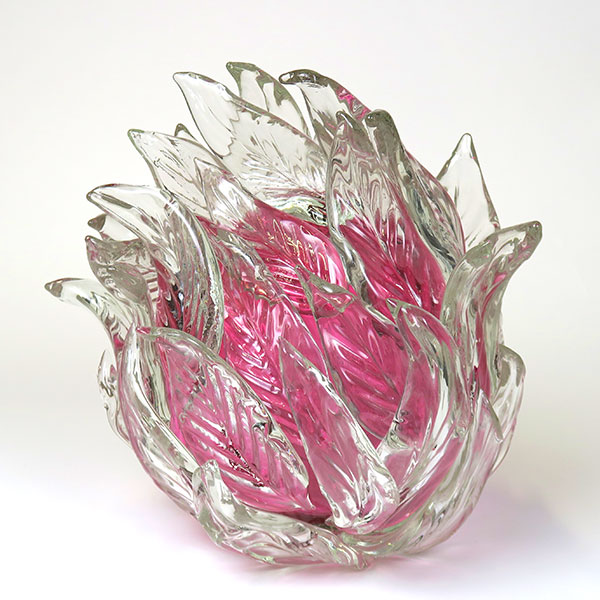
Leaf Ball by R. Stern
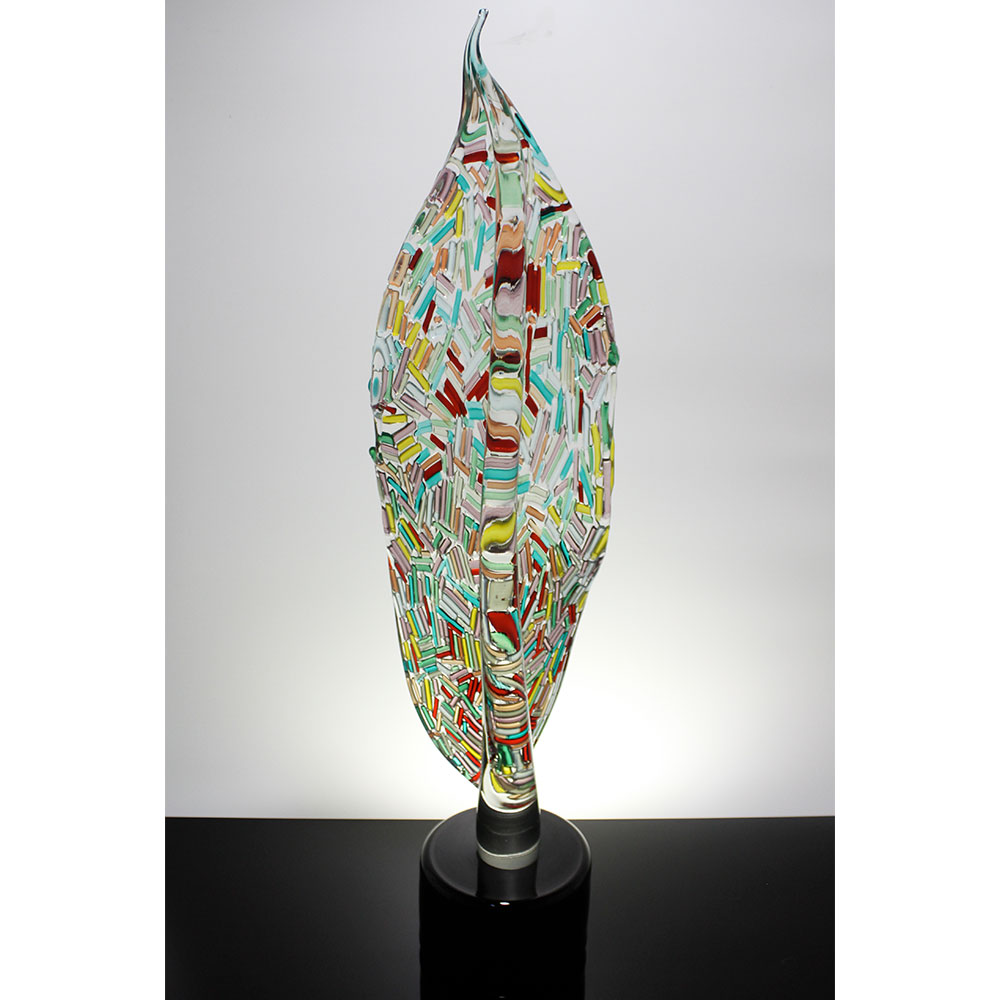
Standing leaf by R. Stern

Scalloped Confetti Leaf by R. Stern

Crystal Cane Leaf by R. Stern

Cane wall leaves by R. Stern
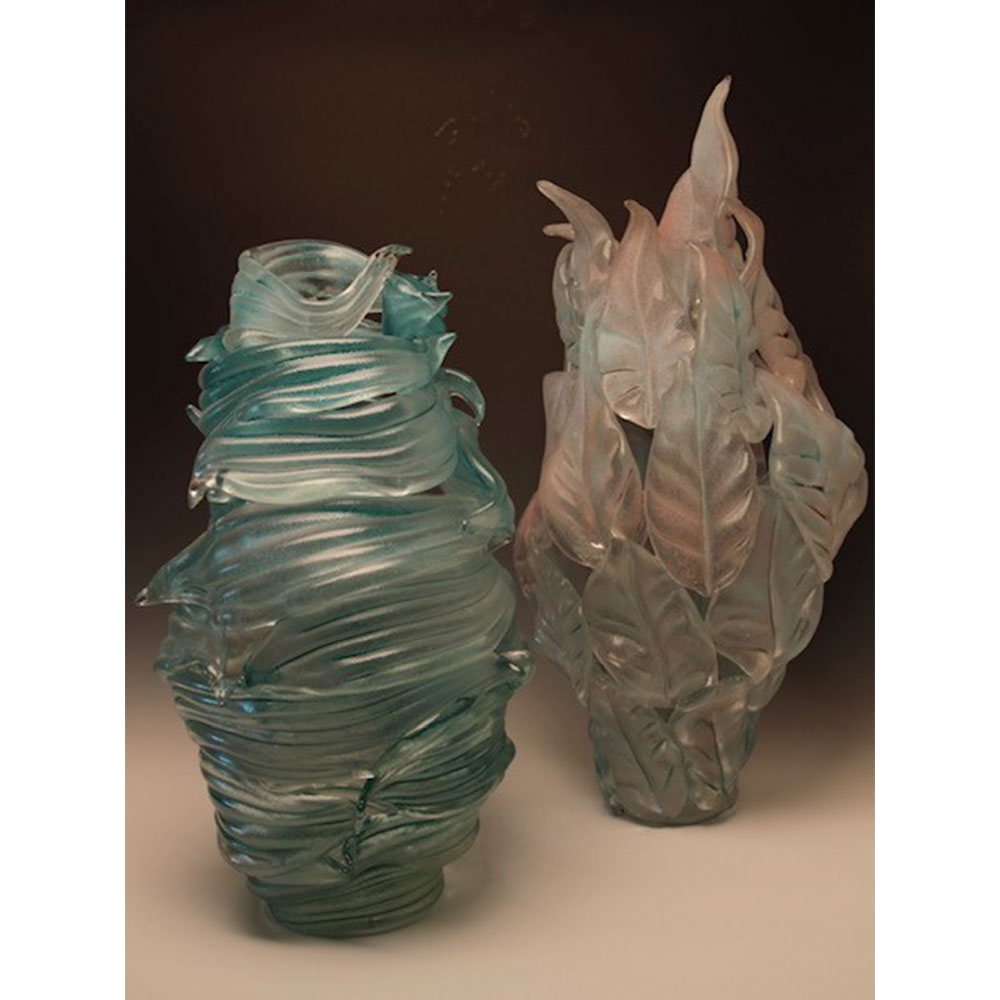
Leaves Vessels by R. Stern
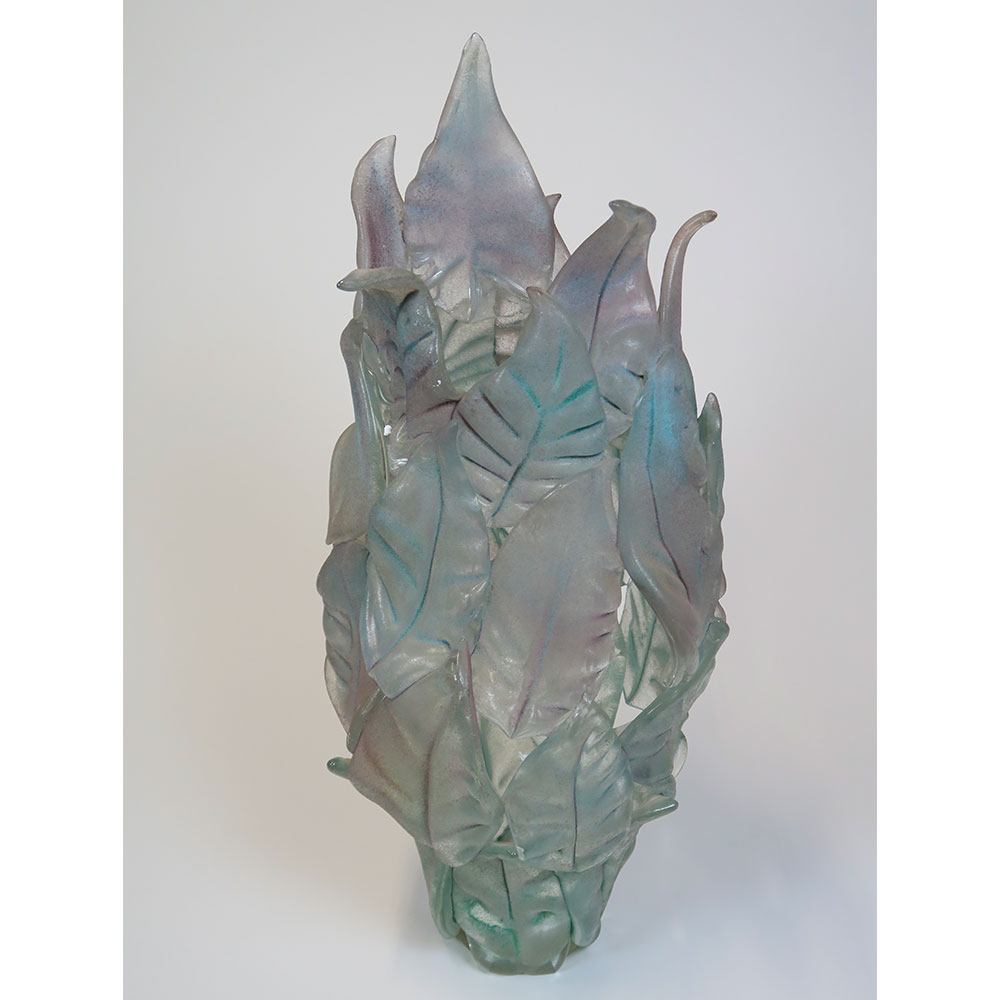
Leaves Vase by R. Stern

Golden Leaves by R. Stern
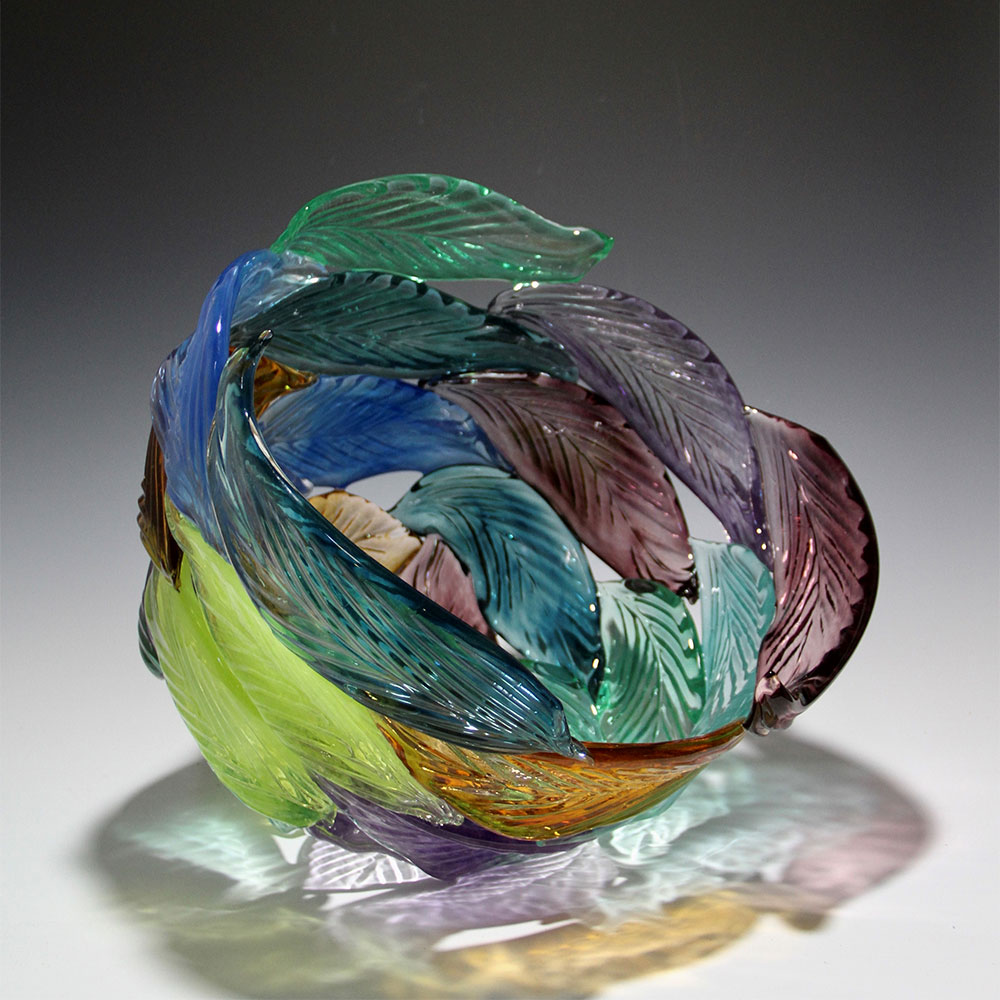
Leaves Vessel by R. Stern
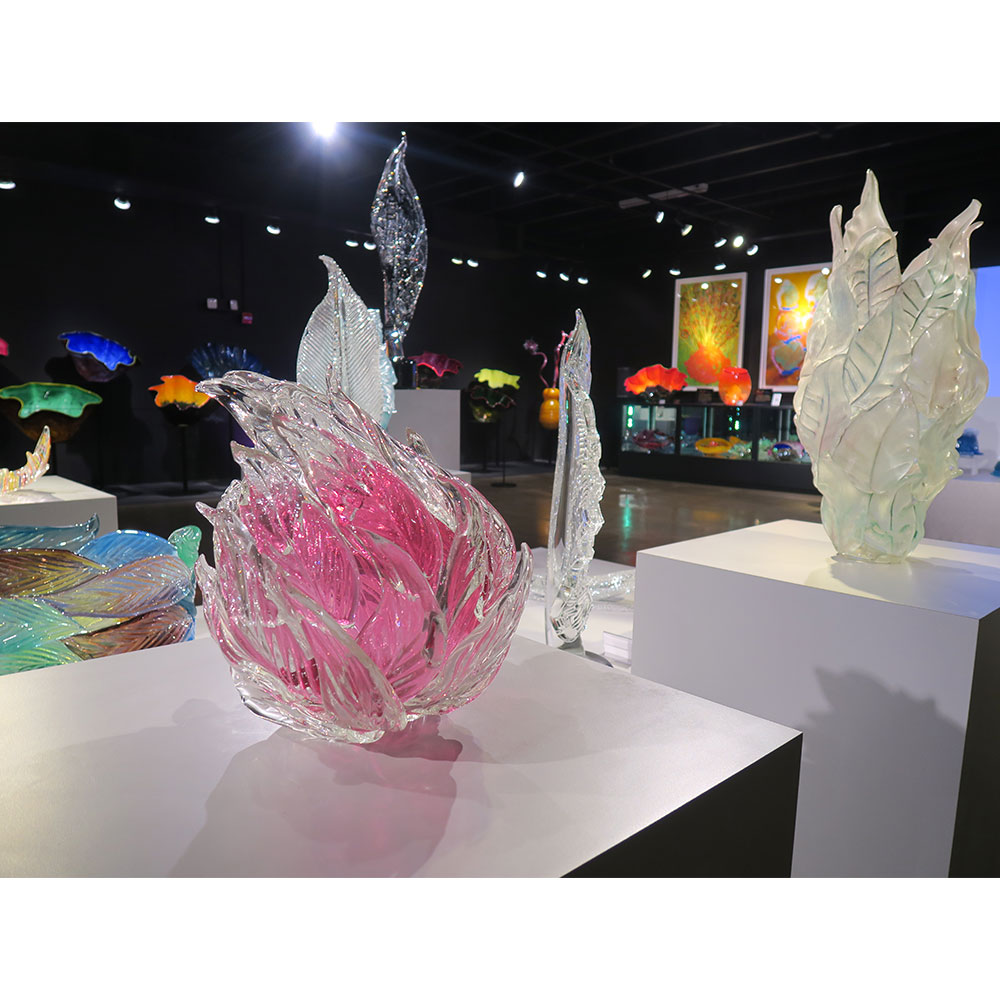
Leaves of Glass by R. Stern

Rainbow@WMODA by A. Orvieto

Garden Wall Hanging by A. Orvieto
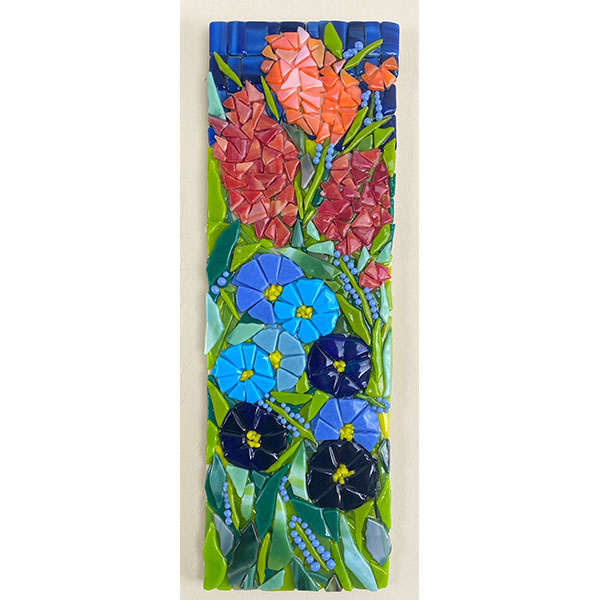
Garden Mosaic Wall Hanging by A. Orvieto

Anne Orvieto
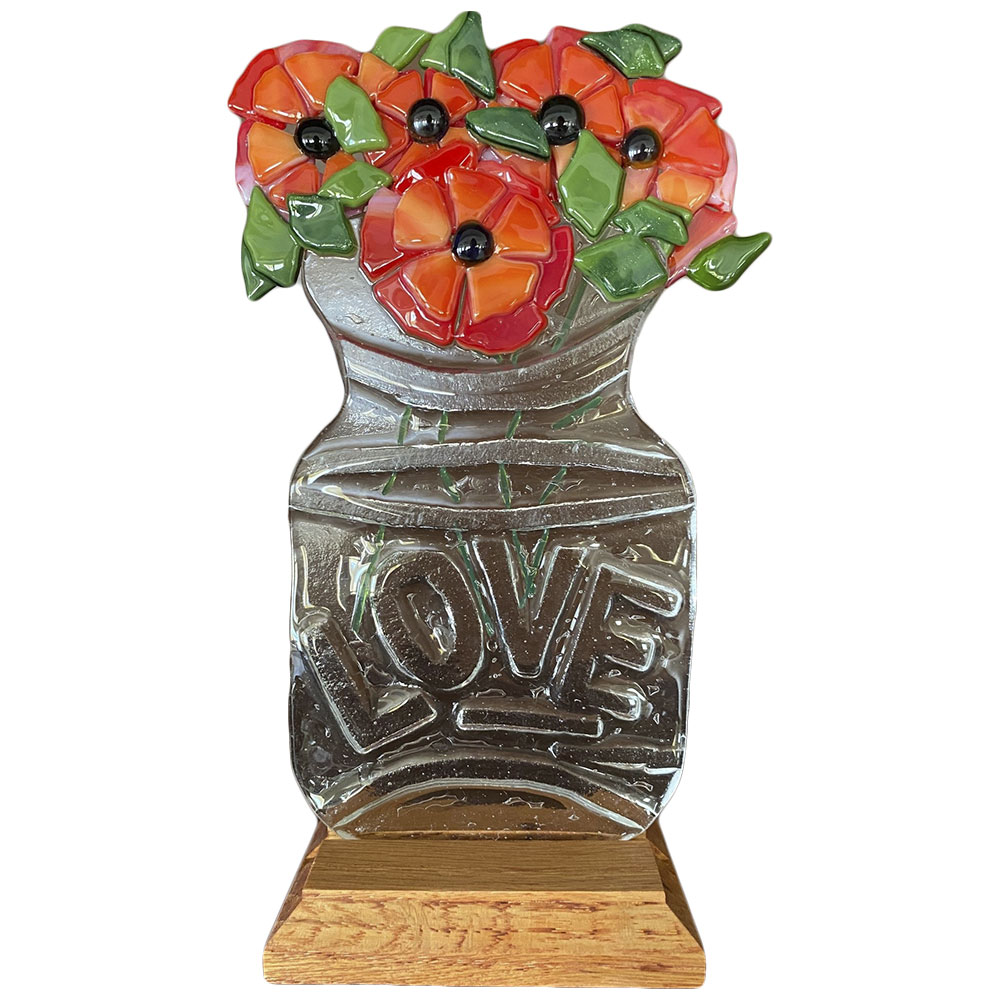
Jar of Love by A. Orvieto

Spring Celebration by A. Orvieto
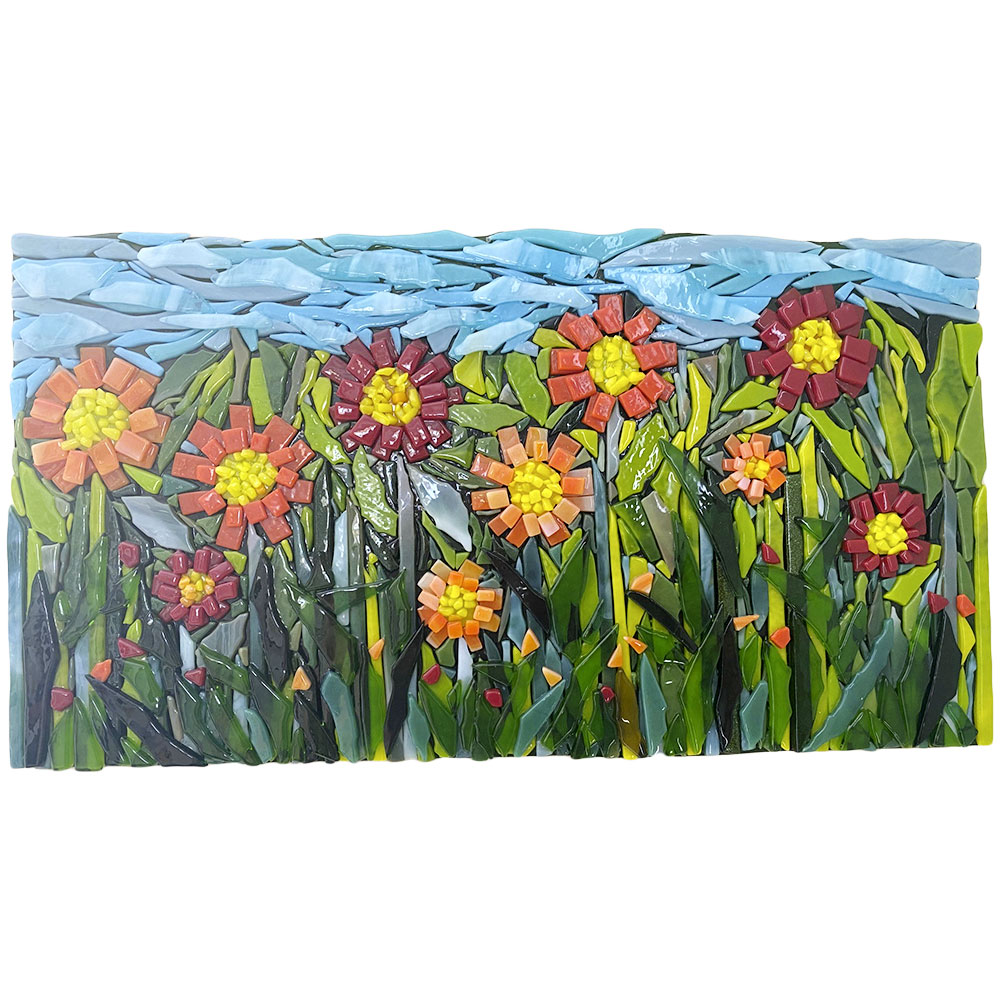
Garden of Glass by A. Orvieto

Gigi's Garden with Wood Base by A. Orvieto
